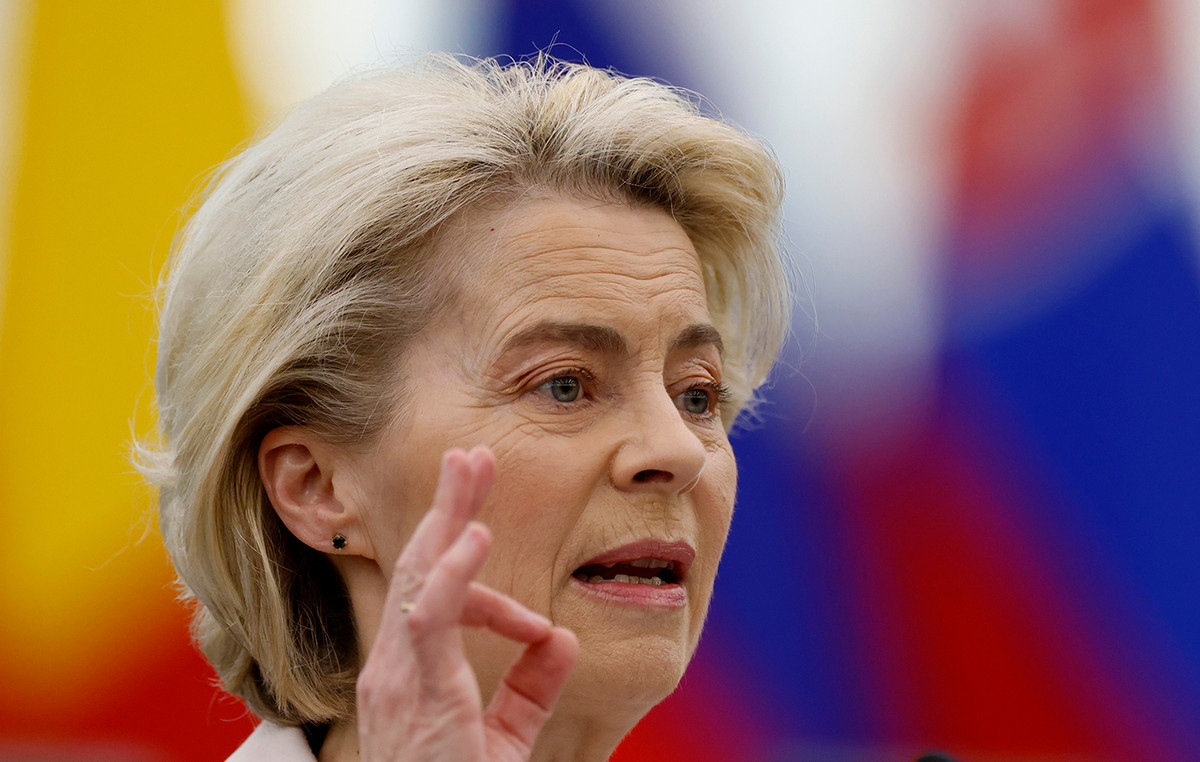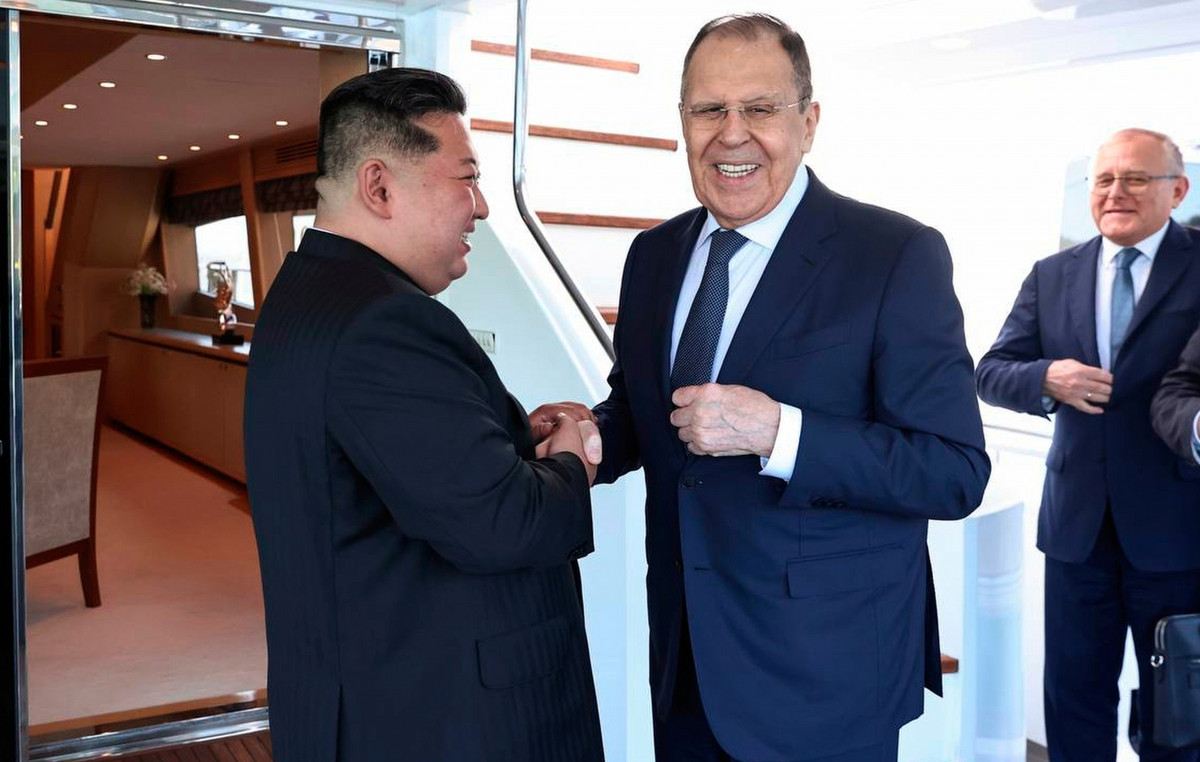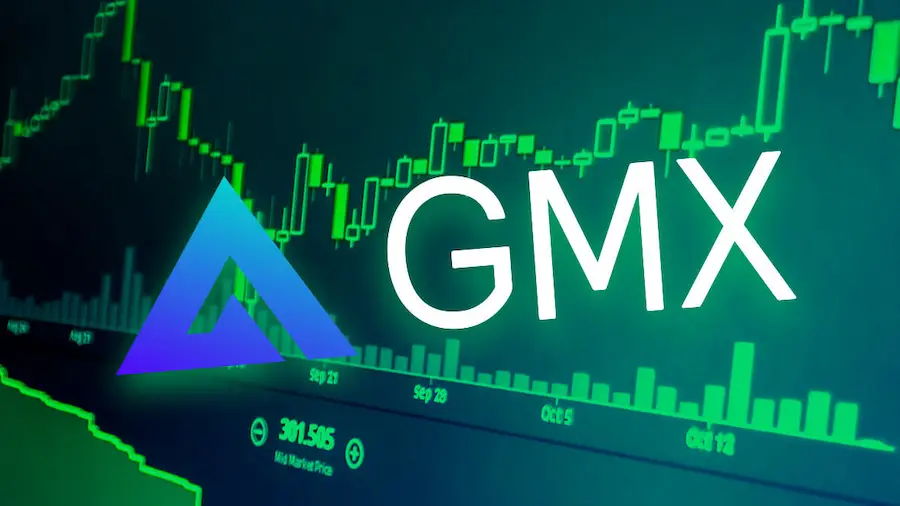O dollar ended in a fall of 1.92%, to R$ 5,249 – lowest value since June 30 -, this Wednesday (27), after the disclosure of the interest decision by the Federal Open Market Committee (FOMC) of the Federal Reserve .
The US currency also ended below the 200-day moving average for the first time since late last month. While the real was the second-best performer among major global currencies this session.
already the Ibovespa closed up 1.67%, at 101,437.96 points, following the rise of shares in the United States and the positive performance of papers linked to iron ore and oil, which rose with the appreciation of the commodities .
This was the highest level of the main B3 index since June 15, when it closed at 102,807 points.
In this auction too, the central bank held an auction of up to 15 thousand traditional foreign exchange swap contracts for the purpose of rolling over the maturity date of September 1, 2022. The BC operation helps to provide liquidity in the currency, but experts consulted by the CNN Brasil Business point out that the body could do more to contain exchange rate volatility .
On Tuesday (26), the dollar fell by 0.38%, to R$5.351, the lowest since July 8. The Ibovespa retreated 0.50%, to 99,771.69 points.
fed
The central bank of United States raised the country’s interest rate by 0.75 percentage point. As a result, it goes from the range of 1.5% to 1.75% per year to 2.25% to 2.5%. The autarchy’s movement reflects an effort to combat highest inflation in the United States in more than 40 years.
The market’s focus is also on the autarchy’s signals about the next steps in the upswing cycle as the country faces the highest inflation in over 40 years . Investors are wary of the possibility of the United States entering a recession due to high interest rates.
According to the autarchy, further interest rate hikes in the country are “appropriate” and that it is prepared to adjust monetary policy as necessary to bring inflation back to the 2% target.
Iron ore
O ore in iron reached a new high in two weeks in the bag in Dalian this Wednesday, insince data showed that profits in Industrial companies in China have rebounded in the past month, although problems in the country’s real estate sector have kept gains for the ingredient weak.inrurgical in the bag in Singapore.
The contract in reference in ore, for September delivery, on China’s Dalian Commodity Exchange ended trading higher in 2.4% at 744.50 yuan ($110.11) a tonne. At the beginning of the session, the ore reached its highest level insin 11 in July, to 756 yuan.
In the purse in Singapore, the ore in iron most-traded for September rose 0.3% to $112.45 a tonne, after a rally in 14% in the last three sessions, indicating diminishing enthusiasm for the news in a background in ransom for inChinese real estate developers.
overall feeling
Investors still maintain a strong global risk aversion triggered by fears about a possible general economic slowdown due to a series of interest rate hikes around the world to contain record levels of inflation, which would harm many types of investments.
The main cause for this aversion is the cycle of high interest rates in the United States, with the most recent increase announced this Wednesday. The last one was 0.75 percentage point in May – the highest since 1994.
Higher interest rates in the United States attract investments to the country’s fixed income due to its high security and favor the dollar, but harm bond markets and stock exchanges around the world, including the US.
On the other hand, new restrictions in cities in the China were announced in early July, reversing a scenario of optimism about a resumption of the country’s economy after months of lockdown in Shanghai and Beijing. The picture reinforces fears of a Chinese economic slowdown and consequent drop in demand for commodities.
In the domestic scenario, the Benefits PEC which creates or expands social benefits with an estimated cost of R$ 41 billion, was poorly received by the market, as it reinforces the fiscal risk by bringing new spending above the ceiling.
With the combination of adverse internal and external environments, the withdrawal of investments harms the Ibovespa and favors the dollar against the real.
Up and down from B3
Here are the highlights of Wednesday’s trading session:
biggest highs
- Goal (GOLL4) +10.93%;
- Sugar Loaf (PCAR3) +8.37%;
- Carrefour (CRFB3) +7.28%;
- Yduqs (YDUQ3) +7.20%;
- Locaweb (LWSA3) +6.78%
biggest casualties
- Telefônica (VIVT3) -3.21%;
- Tim (TIMS3) -1.59%;
- Santander (SANB11) -0.46%;
- PetroRio (PRIO3) -0.21%;
- Gerdau (GGBR4) -0.12%
Test your knowledge about the Ibovespa
Let’s start with an easy one: what is the Ibovespa?
Who is responsible for calculating the Ibovespa?
What types of assets are eligible to be listed on the Ibovespa?
Which of these is NOT a criterion for a stock to enter the Ibovespa
How many shares are currently in the Ibovespa theoretical portfolio?
How often is the Ibovespa theoretical portfolio reviewed?
What is the most important stock on the Ibovespa?
What is the smallest share on the Ibovespa?
Each Ibovespa point is equivalent to 1 real. This statement is
What is the historical record for closing the Ibovespa?
Try again!
Tip: follow CNN Business to understand more about Ibovespa
Nice job!
You know a lot about the Ibovespa, but you could know a little more
Sensational!
Congratulations! Are you an Ibovespa expert?
*With information from Reuters
Source: CNN Brasil
I am Sophia william, author of World Stock Market. I have a degree in journalism from the University of Missouri and I have worked as a reporter for several news websites. I have a passion for writing and informing people about the latest news and events happening in the world. I strive to be accurate and unbiased in my reporting, and I hope to provide readers with valuable information that they can use to make informed decisions.







